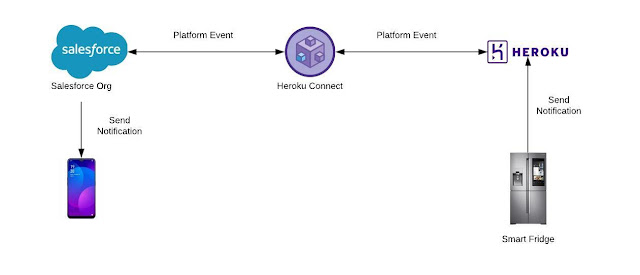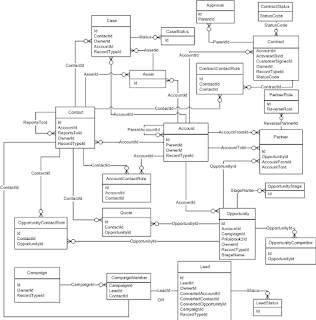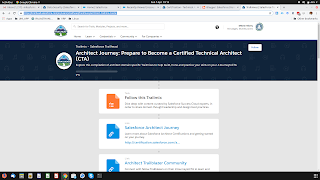Integrating with the Internet of Things

Integrating with the Internet of Things In this article I talk about some integration patterns that can be used when wanting to integrate multiple devices with Salesforce. Imagine the scenario where we are a fitness tracker manufacturer and we want to communicate real-time or near-real-time updates from a fitness device through to Salesforce. Typically this would be challenging due to the issues of LDV (Large Data Volume) and the Salesforce Inbound API limits which would make it near impossible to build a solution making calls into a Salesforce org. Despite these large challenges, there are still patterns we can adopt and use to make this form of use case work, and drive automations from the Salesforce platform. Lets work through a few examples and I will detail out the architectures that can be used to make it work. Scenario 1 - Connected Fridges We are a company that manufactures smart fridges. We want to be able to send real-time alerts and notifications to customers w



